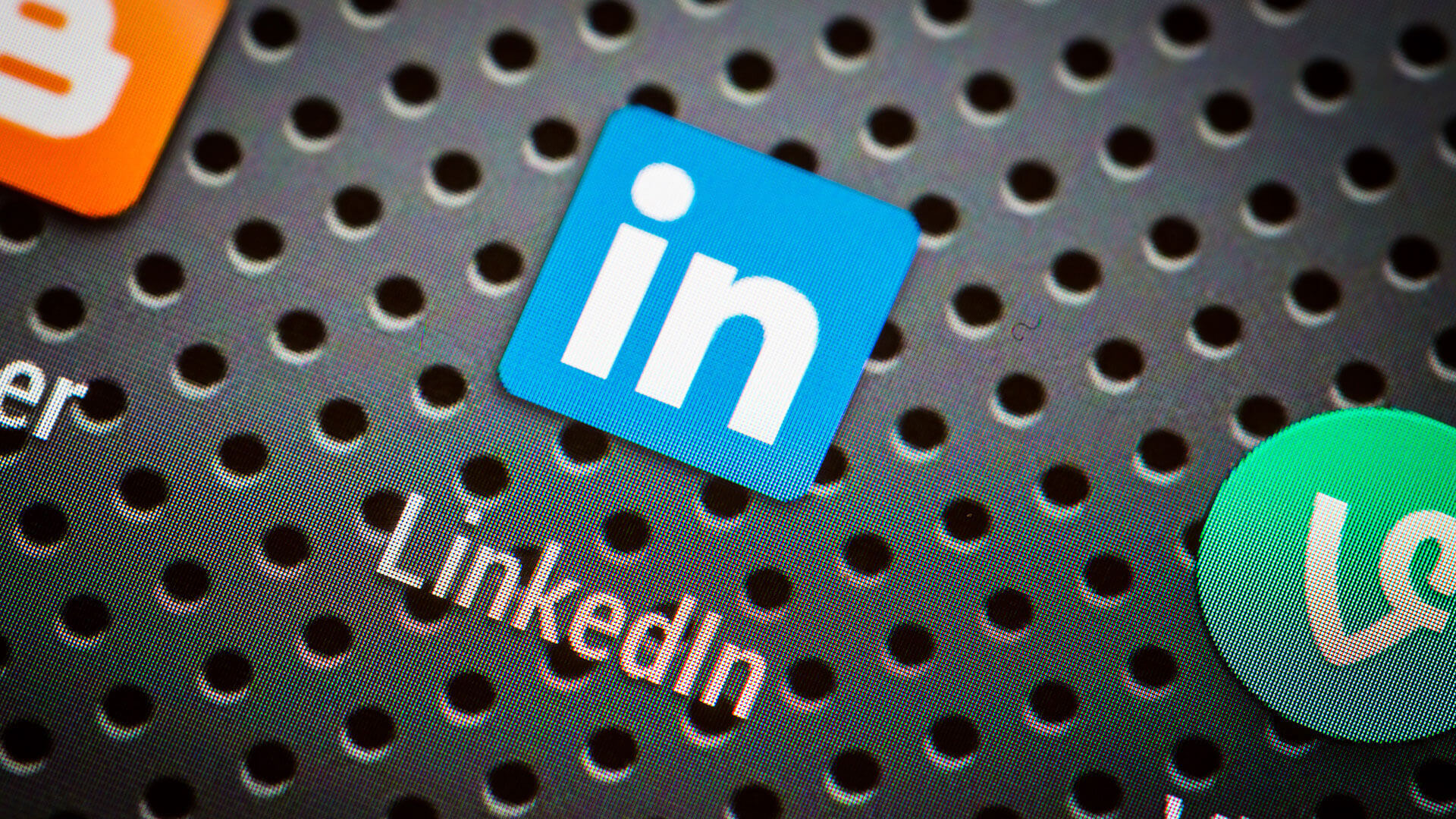With TikTok CEO Shou Zi Chew set to appear before US congress this week, in what many consider to be a pivotal appearance that could decide the fate of the app in the region, TikTok has today shared a new user milestone in the US, while also calling on US users to contact their elected representatives to voice their support for the platform.
Today, TikTok has announced that it now has over 150 million US users.

As per TikTok:
“We’re honored to be a home for our immensely diverse community in the United States, made up of nearly half the country’s population, including book lovers, foodies, families, emerging artists and so much more. This milestone would not have been possible without the hard work and unwavering commitment of almost 7,000 TikTok employees in the US, as well as our incredible community in the country and around the world.”
Read as: ‘TikTok is really important, not just to users, but to the US economy too, and banning it would be a very bad thing’.
Chew himself has also posted a video about the milestone, while also calling on US users for their support.
@tiktok Our CEO, Shou Chew, shares a special message on behalf of the entire TikTok team to thank our community of 150 million Americans ahead of his congressional hearing later this week.
The new push further underlines just how significant the US ban threat is, with government officials reportedly already putting pressure on TikTok to separate from its Chinese parent company, in order to eliminate concerns related to potential data sharing.
With US/China tensions rising, especially as China continues to publicly support Russia, amid its ongoing war with Ukraine, US officials have continued to sound the alarm about the risks associated with TikTok, which, theoretically, could share US user data with the CCP, which could then put US citizens at risk.
In this context, the most recent moves to ban TikTok from government staff devices make some sense – but the big question, which may well be answered this week, is whether regular users are also under threat from the same process.
And again, that threat has now become very present for TikTok:
“Certain politicians have raised concerns about the potential banning of our platform, which would directly affect all 150 million Americans who have embraced TikTok. To proactively address US national security concerns, we’ve taken unprecedented steps by enhancing safeguards for our US users. Over the last two years, we’ve invested $1.5 billion in setting up TikTok US Data Security and have been building a comprehensive framework to isolate protected US user data. Today, we are also proud to launch the U.S. Data Security (USDS) site aimed at providing transparency into our commitments and answering common questions around our efforts to safeguard data.”
TikTok recently said that the platform is unprofitable at present due to the amount that it’s outlaid to address these concerns, and it’s clear that TikTok will do anything that it can to avoid a ban, while also remaining under Chinese ownership.
On which, it may have no choice – the CCP, which would have to approve any spin-off of the app, is reportedly not happy with the US looking to bully TikTok out of Chinese ownership. As such, at this stage, it seems unlikely that Chinese officials would allow the separation of the platform from parent company ByteDance.
Which leaves TikTok in the middle. If the US does look to put more pressure on TikTok after this week’s appearance by Chew, then it may well be forced out of the market, with no other options to maintain connection with its 150 million-strong American audience.
That would be a massive blow for the app – which already lost around 200 million users when India banned it back in 2020.
As such, TikTok is now pulling out all the stops, in an effort to save the platform – because while a sell-off, in the past, has seemingly been the worst-case scenario, that may not even be an option this time around.
I’ve maintained that a full ban of the app seems unlikely, purely due to the amount of money at stake, which would be motivation enough for TikTok to find an alternative solution.
But maybe, there actually won’t be another option this time.
























































![Key Metrics for Social Media Marketing [Infographic] Key Metrics for Social Media Marketing [Infographic]](https://www.socialmediatoday.com/imgproxy/nP1lliSbrTbUmhFV6RdAz9qJZFvsstq3IG6orLUMMls/g:ce/rs:fit:770:435/bG9jYWw6Ly8vZGl2ZWltYWdlL3NvY2lhbF9tZWRpYV9yb2lfaW5vZ3JhcGhpYzIucG5n.webp)

















